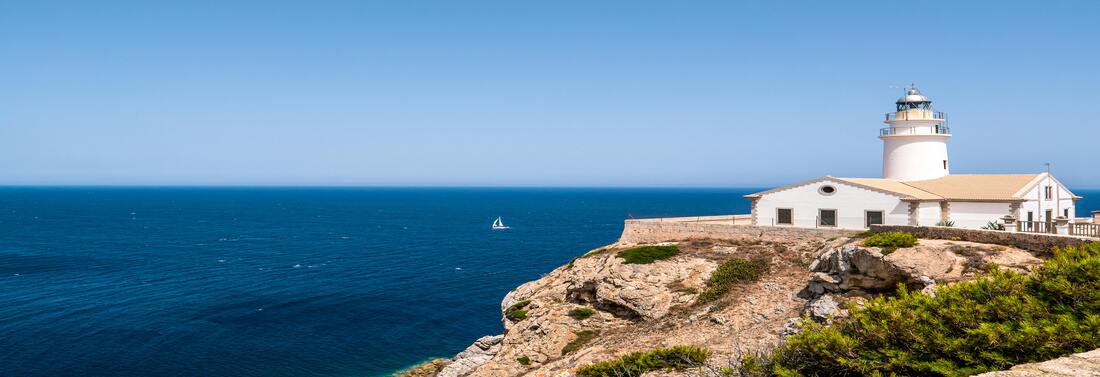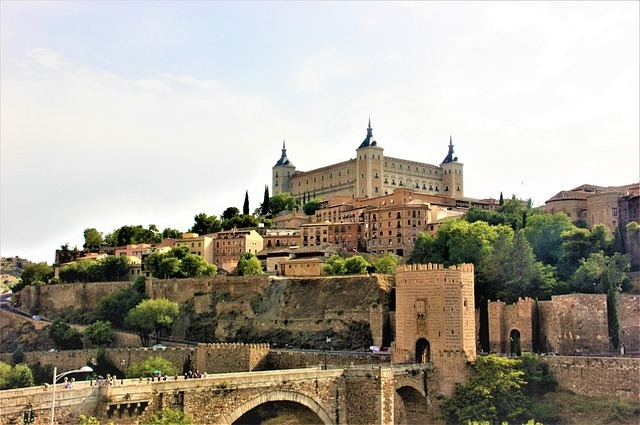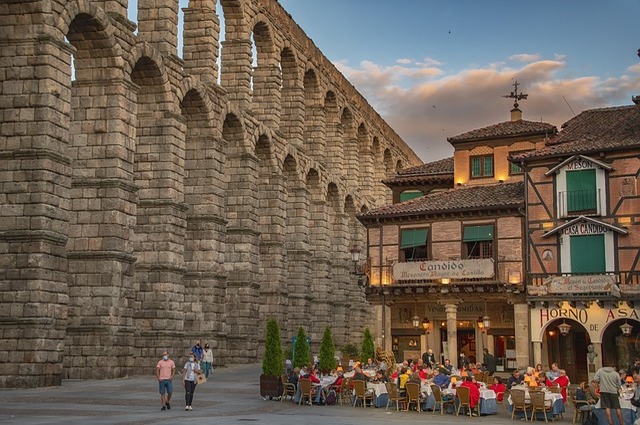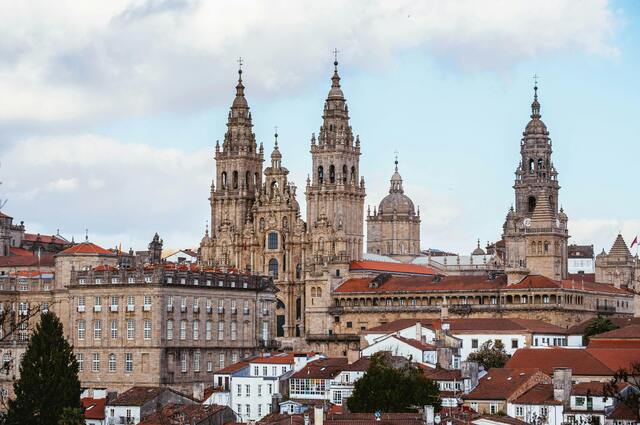Spain 10-day Itinerary Before Walking the Camino de Santiago
Spain is a country full of rich history, vibrant culture, and stunning landscapes. Before you embark on the spiritual and physical journey of the Camino de Santiago for MS Plus, take some time to immerse yourself in some of Spain’s most captivating cities and experiences. Here’s the perfect 10-day Spain itinerary to set the tone for your pilgrimage.
Day 1 & 2: Madrid – The Heart of Spain
Start your adventure in Madrid, the bustling capital of Spain. Spend your day exploring the Prado Museum, home to masterpieces by Goya, Velázquez, and El Greco. Dive into the rich collections of European art, spanning centuries of artistic achievement. For a change of pace, head to the Thyssen-Bornemisza Museum, which houses a diverse array of artworks from the 13th to the 20th centuries.
Take an e-bike tour through the expansive El Retiro Park, where you can relax by the lake, visit the stunning Crystal Palace, or explore La Rosaleda rose garden. Don’t miss the Royal Palace, the official residence of the Spanish Royal Family, which boasts opulent rooms and beautiful gardens. Take a guided tour to learn about the palace’s history and marvel at the impressive collection of art and antiques.
In the evening, indulge in tapas at Mercado de San Miguel, a historic market offering a variety of Spanish delicacies. Try dishes like Jamón Ibérico, Croquetas de Jamon, and Gambas al Ajillo. Afterwards, enjoy the vibrant nightlife in the La Latina neighbourhood, known for its lively bars and traditional taverns. Don’t forget to visit a traditional flamenco show to experience the passionate dance and music that is synonymous with Spanish culture.
Day 3: Toledo – A Step Back in Time
A short bus ride from Madrid takes you to Toledo, a city steeped in history and known for its medieval architecture. Toledo is often called the ‘City of Three Cultures,’ as it was influenced by Christian, Jewish, and Muslim communities.
Explore the Toledo Cathedral, one of Spain’s most impressive Gothic structures, adorned with stunning artworks and intricate carvings. The cathedral’s sacristy houses an exceptional collection of paintings, including works by El Greco, who lived and worked in Toledo. Wander through the narrow, winding streets of the Jewish Quarter and visit the Synagogue of El Tránsito, which now houses the Sephardic Museum. The synagogue’s interior is adorned with beautiful stucco work, showcasing the rich cultural heritage of the Jewish community in Spain.
Don’t forget to see the Alcázar, a stone fortification that offers panoramic views of the city. The Alcázar now hosts a military museum that chronicles the history of the Spanish army. For a deeper understanding of Toledo’s history, visit the Monastery of San Juan de los Reyes, a stunning example of late Gothic architecture commissioned by the Catholic Monarchs. End your day with a taste of traditional marzipan, a local delicacy made from almonds and sugar. Consider dining at a local restaurant to try Carcamusa, a traditional Toledo stew made with pork and vegetables.
Day 4: Segovia – Roman and Medieval Marvels
Head to Segovia, famous for its well-preserved Roman aqueduct. This engineering marvel is over 2,000 years old and still stands as a testament to Roman ingenuity. The aqueduct is best viewed from the Plaza del Azoguejo, where you can fully appreciate its grandeur. As you walk along the aqueduct on your tour, imagine the ancient Roman engineers who constructed this monumental structure without the aid of modern technology.
Visit the Alcázar of Segovia, a fairy-tale-like castle that inspired Walt Disney’s Cinderella Castle. The Alcázar offers a fascinating look into the royal history of Spain and provides breathtaking views from its towers. The interior of the castle is equally impressive, with richly decorated rooms and historical artifacts. Explore the Segovia Cathedral, a magnificent Gothic structure located in the Plaza Mayor. The cathedral’s elegant design and towering spires make it a focal point of the city’s skyline.
Enjoy a leisurely lunch of Cochinillo Asado (roast suckling pig), a local specialty, in one of the city’s charming restaurants. Take a stroll along the city’s medieval walls for another perspective of Segovia’s beauty. Don’t miss the Church of Vera Cruz, a Romanesque church with a unique dodecagonal shape, believed to have been built by the Knights Templar.
Day 5: Salamanca – The Golden City of Spain
Travel to Salamanca, known for its golden sandstone buildings that glow in the sunlight. The University of Salamanca, one of the oldest in Europe, is a ‘must-see’. The university’s Plateresque architecture and historic courtyards make it a captivating place to explore. Don’t miss the ornate façade of the university’s main building, where you can search for the famous frog hidden among the carvings – a traditional good luck symbol for students.
Next, stroll through the Plaza Mayor, considered one of Spain’s most beautiful squares. The Plaza is a lively hub filled with cafes, where you can sit and watch the world go by. Visit the New Cathedral and the Old Cathedral, both offering unique architectural styles. The Old Cathedral’s Torre del Gallo offers stunning views over the city, while the New Cathedral’s intricately decorated interior is a testament to the artistic skill of its builders.
Climb the Ieronimus Towers for panoramic views of the city and gain a unique perspective on Salamanca’s architectural heritage. In the evening, soak up the lively student atmosphere and try Hornazo, a savory meat pie typical of the region. Salamanca’s nightlife is vibrant, with numerous bars and clubs where you can enjoy the local culture. For a taste of contemporary art, visit the Domus Artium 2002 (DA2), a modern art museum housed in a former prison.
Day 6 & 7: Burgos – Gothic Grandeur of Spain
Continue to Burgos, where the impressive Burgos Cathedral dominates the skyline. This Gothic masterpiece is a UNESCO World Heritage site and a key stop on the Camino. The cathedral’s detailed façade and stunning interior are truly awe-inspiring. Take time to explore its many chapels and the tomb of El Cid, Spain’s legendary medieval knight.
Explore the Cartuja de Miraflores, a Carthusian monastery with beautiful altarpieces and serene surroundings. The monastery’s church is a fine example of late Gothic architecture, and its peaceful cloisters offer a moment of reflection. Walk along the Paseo del Espolón, a picturesque promenade along the Arlanzón River, lined with trees and statues. The promenade is a favourite spot for locals and visitors alike, providing a scenic route through the heart of the city. If you have time, head to the Ribera del Duero region for fantastic wineries and restaurants.
Visit the Museum of Human Evolution, which offers fascinating insights into the prehistoric origins of humanity. The museum’s exhibits include fossils from the nearby Atapuerca archaeological site, one of the most significant paleontological sites in the world. In the evening, savour the local cuisine, particularly the morcilla de Burgos (blood sausage) and Cordero Asado (roast lamb), at one of the city’s traditional restaurants. For a unique dining experience, try a traditional asador, where meats are cooked over an open flame.
Day 8 & 9: León – Gateway to the Camino
León is an important stop for many pilgrims on the Camino de Santiago. Start with the León Cathedral, renowned for its stunning stained-glass windows that create a kaleidoscope of colours inside the church. The cathedral’s exterior is equally impressive, with its soaring Gothic spires and detailed sculptures. Visit the Basilica of San Isidoro, a Romanesque church with a royal pantheon that houses the remains of Leonese kings. The basilica’s frescoes in the Royal Pantheon are considered some of the finest examples of Romanesque art in Spain.
Walk through the historic district and enjoy tapas in the Barrio Húmedo, a bustling area filled with bars and restaurants. León’s rich history and welcoming atmosphere make it a perfect prelude to your pilgrimage. Don’t miss the Casa Botines, a modernist building designed by the famous architect Antoni Gaudí. The building now houses a museum dedicated to Gaudí’s work and the history of the Caja España bank. If you’re feeling adventurous, explore the Valporquero Cave located just 1 hour from the city centre.
For a deeper dive into León’s past, visit the Museo de León, which showcases artifacts from the region’s prehistoric, Roman, and medieval periods. In the evening, enjoy a leisurely stroll along the Bernesga River and take in the city’s tranquil beauty.
Day 10: Santiago de Compostela – Arrival
Finally, make your way to Santiago de Compostela, the ultimate destination for pilgrims. Spend your day exploring the city’s historic centre, a UNESCO World Heritage site. The narrow, winding streets are filled with shops, cafes, and historic buildings, each with its own story to tell.
Visit the Santiago de Compostela Cathedral, the final resting place of Saint James the Apostle. Take time to reflect and attend the Pilgrim’s Mass, a moving experience for many travellers. The cathedral’s Portico of Glory, a masterpiece of Romanesque sculpture, is a highlight of any visit.
Wander through the narrow streets, soaking in the medieval charm and vibrant atmosphere. Discover the Monastery of San Martiño Pinario, one of the largest and most important monasteries in Spain. The monastery’s grand baroque architecture and tranquil cloisters provide a serene escape from the bustling city.
Explore the local markets and try Galician specialties like Pulpo a la Gallega (Galician-style octopus) and Tarta de Santiago, a traditional almond cake. The Mercado de Abastos, Santiago’s main market, is a great place to sample fresh local produce and artisanal goods. For a deeper understanding of the Camino, visit the Museum of Pilgrimage and Santiago, which chronicles the history and cultural significance of the pilgrimage. In the evening, take a leisurely stroll through Alameda Park, offering beautiful views of the cathedral and the cityscape.
Final Thoughts
This perfect 10-day Spain itinerary offers a rich tapestry of Spanish culture, history, and food, perfectly setting the stage for your pilgrimage on the Camino de Santiago. Each city provides unique experiences that will enrich your journey, leaving you inspired and ready to embark on the path of the ancient pilgrims. From the bustling streets of Madrid to the serene beauty of Santiago de Compostela, this trip will fill your heart with unforgettable memories and prepare your spirit for the Camino ahead. Buen Camino!





Sorry, the comment form is closed at this time.